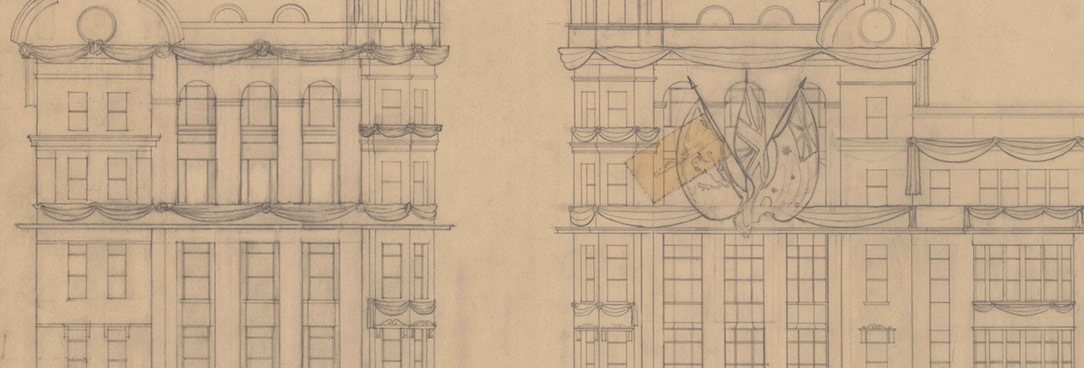Last updated:
Refereed articles

A Study of an Inter-Cultural Trade Item in Victoria
Expand SummaryThe purpose of this article is to describe and understand the ethno-historical evidence for inter-cultural exchange, specifically in possum skins, that existed between some Indigenous groups and the non-Indigenous colonists of Victoria between 1835 and 1900.

Catholic Child Welfare in Nineteenth-Century Victoria
Expand SummaryCatholic orphanages developed as a separate strand of child welfare from Protestant and Government-provided institutions in nineteenth-century Victoria. This paper examines the reasons behind the establishment of these Catholic institutions, the relationship between Catholic charities and the Colonial Government, and the experience of life in Catholic orphanages in the nineteenth century.

Melbourne’s Regent and Plaza theatres opened in Collins Street in 1929. For more than forty years, these grand picture palaces were among Melbourne’s most treasured cinemas, favourites together with the Capitol Theatre in Swanston Street and the State Theatre in Flinders Street. Often called ‘palaces of dreams’, they were part of a glamorous entertainment era, when a night out at the movies was an event, and an afternoon matinee was a treat. Not even the Regent’s two-year closure, as a result of the fire that destroyed the auditorium in 1945, could dampen the enthusiasm of its Melbourne audiences. By the 1960s, however, the grand picture palaces were no longer in vogue and were becoming uneconomical to run. The State Theatre closed in 1962 and was later converted into two theatres. The Capitol closed in 1964, but when it re-opened eighteen months later a shopping arcade had been built in the lower part of the auditorium. After investigating the option of converting the Regent into two theatres, its owner, Hoyts, opted to develop a smaller multi-cinema complex in Bourke Street instead. The company sold the Regent and Plaza theatres to the City of Melbourne in 1969 and in 1970 the doors of the Regent and Plaza closed for what many people thought was the last time.
Melbourne City Council bought the Regent and Plaza in order to control development around the site of the proposed City Square on the corner of Swanston and Collins Streets. The theatres seemed destined to fall victim to the wrecker’s ball. But if the 1960s was the decade of development, the 1970s was the decade of preservation. Protests against the demolition of historic buildings occurred around Australia, often with the controversial support of the building unions. The architectural profession debated the issues of preservation versus development of dynamic modern buildings. Both the State and Federal Governments were forced to introduce legislation to protect the nation’s built heritage. In Victoria the Liberal Government, under then Premier Rupert Hamer, introduced the Historic Buildings Act in 1974. The campaign to save the Regent and Plaza theatres was one of the battles of this preservation war.
Material in the Public Record Office Victoria archival collection contains words and descriptions that reflect attitudes and government policies at different times which may be insensitive and upsetting
Aboriginal and Torres Strait Islander Peoples should be aware the collection and website may contain images, voices and names of deceased persons.
PROV provides advice to researchers wishing to access, publish or re-use records about Aboriginal Peoples
